Archives
Bill Barvin's Location Photography
I first heard the name Bill Barvin almost by accident, when by chance a colleague remembered the existence of a large photographic collection belonging to the Milstein Division and suggested that it might be of interest to me. The Bill Barvin Location Photograph Archive turned out to be a dizzying 81 boxes of 35mm negative strips and color photos, the collection's finding aid alone 45 pages long.
William "Bill" Barvin (1952-2000) worked for over two decades as a location manager and scout for television and film, taking thousands of photos during the course of his career of New York and New Jersey streets, apartments, storefronts, and rooftops; bars, clubs, restaurants, and theaters; hotels, hospitals, laundromats, and churches. I had the great fortune of sifting through box after box of Barvin's photo files and cherry-picking some of my favorites, over 200 of which are now available online at NYPL's Digital Collections website.
When I saw Barvin's photographs for the first time I wasn't sure what to make of them. They were the same kind of inexpensive drugstore prints that my local pharmacy used to develop, the Kodak and Konica logos reproduced on the backs. Sometimes the photos were glued directly into the manila folders in which they were organized, folded over and creased if they were too long. Most interesting to me was the fact that Barvin often glued or taped multiple photos together to create a single, wider view of a particular location site. In such cases the side-by-side alignment of the photos was always just a little bit off, with color and tone changing from one photo to the next, the perspective skewed, the edges jagged and uneven. Facades of buildings were fractured and disjointed, sidewalk curbs didn't line up correctly, the tracks of elevated subway platforms were broken. Sometimes a person or object would be abruptly cut off mid-picture, or, alternately, would appear multiple times within a single image. On one Paterson, New Jersey street, for instance, half of a car moves down the road, while, simultaneously, the same bicycle appears three different times, once as a ghostly free-floating half wheel right in the center of the frame.
The more I looked at Barvin's strange, makeshift panoramas, however, the more my initial confusion turned to a sort of excitement. Though the photos were taken as part of his job, Barvin—who studied art and photography at Antioch College in Ohio—had created his own unique, off-kilter, cool-looking aesthetic, one that faintly echoed the fragmented perspective of early modern art as well as the grittiness of contemporary street photography. Occasionally a photograph might even hint at an ambiguous narrative, as in the case of one photo taken at a suite in the Pierre Hotel, where a mysterious dark figure stands lurking in a doorway. (I've nicknamed that one in my head "The Assassin," even though I know in reality it's just some dude showing Barvin the room and trying to stay out of the shot.)
Barvin's photos of New York City in particular are also documents of a city in transition. Most of the photos in the archive date from the 1990s, a Dinkins/Giuliani era when the city was moving out of the crime-ridden '70s and '80s and yet hadn't reached its current state of luxury high-rises and gentrification. Many of the locations photographed by Barvin have been demolished or else transformed beyond recognition; the Palladium has been rebuilt as an NYU residence hall, Limelight is now a David Barton Gym. (The Upper East Side Scores location is also, sadly and to the dismay of many, now defunct, though Barvin's shots of the interior are actually some of my favorites in terms of color and composition.) As is pointed out in the NYPL Public Eye exhibition—where several of Barvin's works are currently on display—Barvin's panoramic images are also a sort of precursor to Google Street View, and it's interesting to compare the two side by side and observe what has changed or what has, surprisingly, remained the same.

Most importantly, the Bill Barvin Location Photograph Archive captures one man's relationship with his adopted city. Born in Iowa and raised in Texas, Barvin moved to New York City in the late 1970s, where he lived for most of his life in a loft in Soho. According to his wife, Lynn Cassaniti, who generously donated her husband's archive to the Library in 2011, Barvin was "passionate about New York City and knew the city and surrounding areas inside out, like the back of his hand. He loved the work he did—exploring, seeing amazing places and meeting people. He had... that Southern gift of gab that gave him entree to apartments, mansions, museums, bars and other places where he needed to convince people to allow a movie to be shot in their home or location." On screen we've all had fleeting admittance into Barvin's world without even realizing it. (The Sopranos and Law and Order are just two of the productions he worked on). Now thanks to his photography we have permanent access as well.
You can see more of Bill Barvin's location photography on NYPL's Digital Collections site.
Read E-Books with SimplyE
 With your library card, it's easier than ever to choose from more than 300,000 e-books on SimplyE, The New York Public Library's free e-reader app. Gain access to digital resources for all ages, including e-books, audiobooks, databases, and more.
With your library card, it's easier than ever to choose from more than 300,000 e-books on SimplyE, The New York Public Library's free e-reader app. Gain access to digital resources for all ages, including e-books, audiobooks, databases, and more.
If you don’t have an NYPL library card, New York State residents can apply for a digital card online or through SimplyE (available on the App Store or Google Play).
Need more help? Read our guide to using SimplyE.
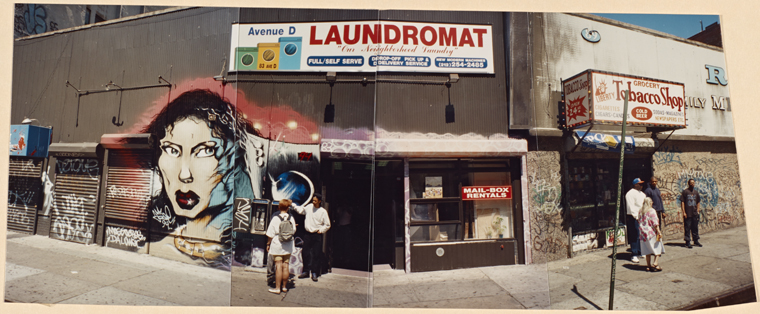
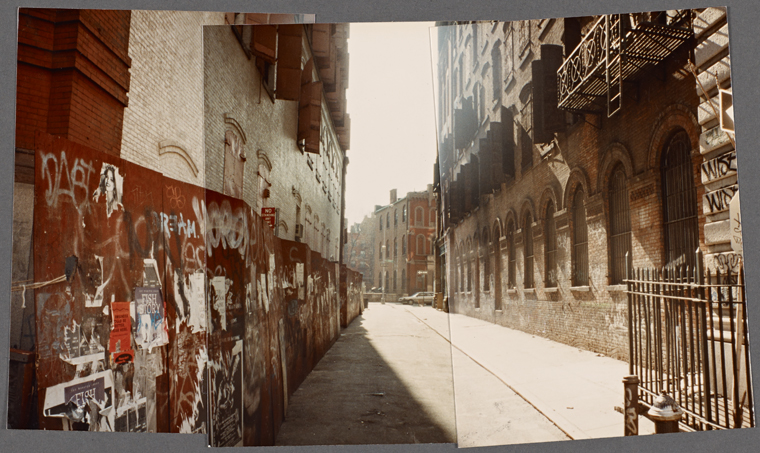
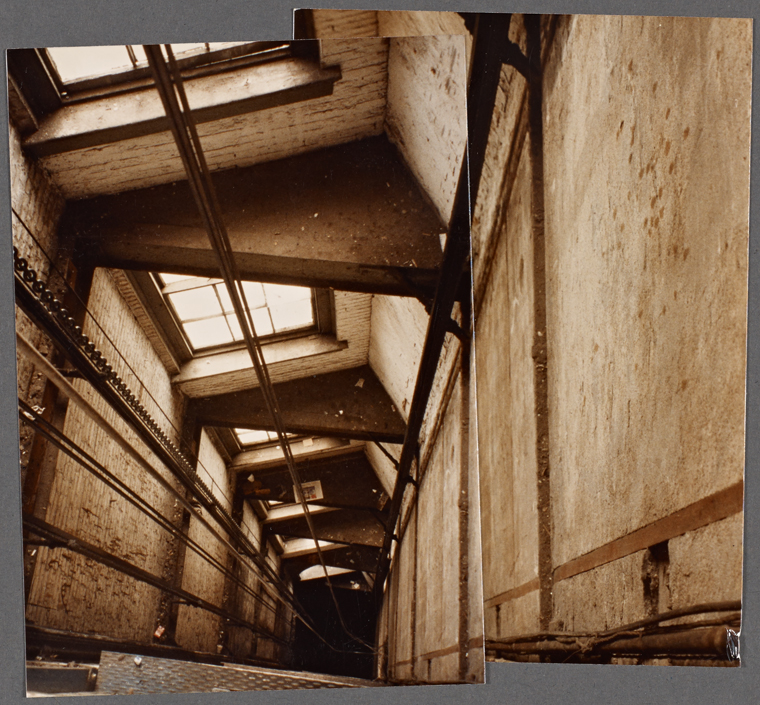
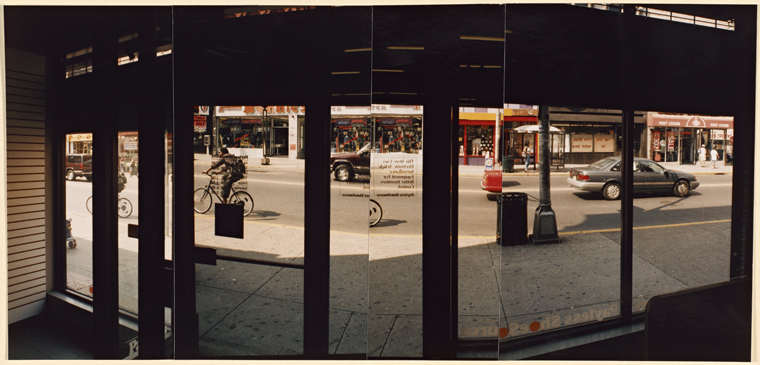
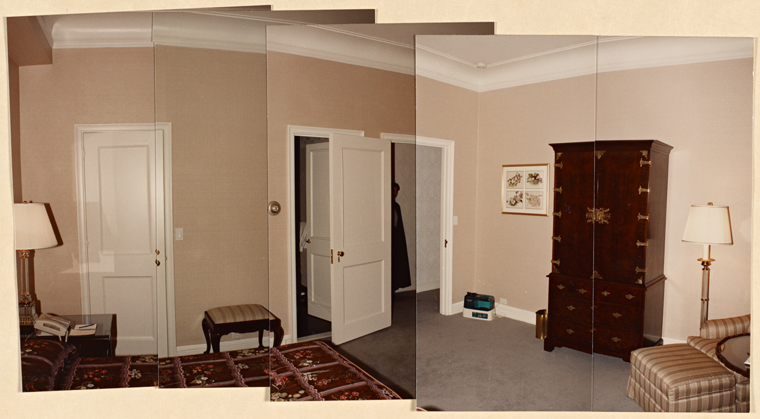
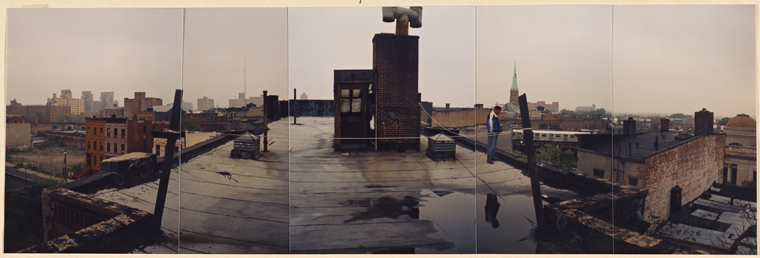
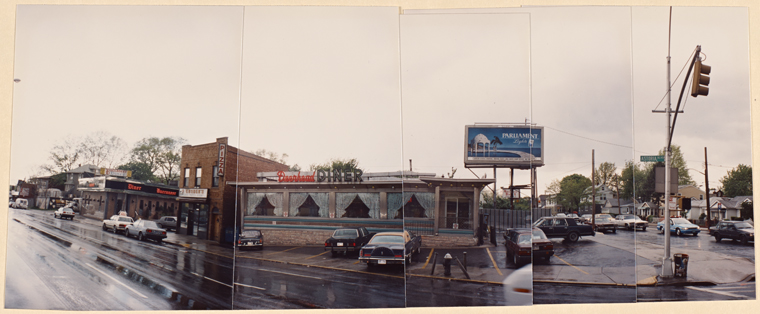
Comments
This was a commonly used
Submitted by Dabney (not verified) on March 12, 2015 - 6:40pm
I knew Bill
Submitted by Christopher Swartout (not verified) on March 13, 2015 - 11:18am
Sparse Beauty
Submitted by Xander Peterson (not verified) on March 16, 2015 - 6:23pm
a real pro
Submitted by Robert Sherwin (not verified) on June 4, 2015 - 8:24am